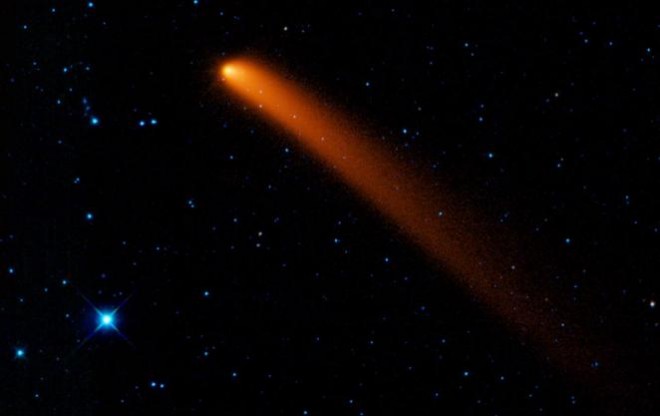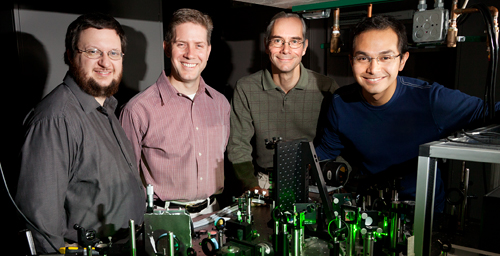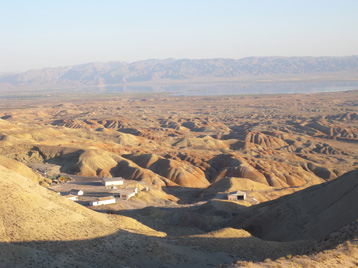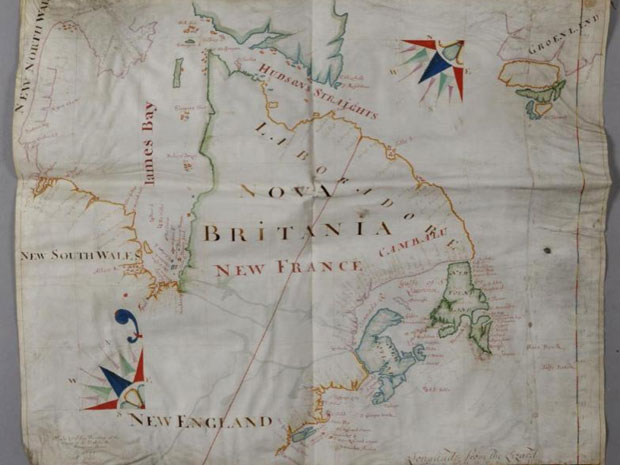
The high court on Monday agreed to hear an appeal from the Redmond, Wash.-based Microsoft, which wants the multimillion-dollar judgment against it erased.
In its appeal, the world's largest software maker says the lower court that handles patent cases makes it too hard for those accused of infringement to argue that a patent should never have been granted initially. Tech giants Apple Inc. and Google Inc. have taken the unprecedented step of publicly backing their rival Microsoft in the dispute.
In Microsoft's appeal, Apple told the justices that the patent system "is tilting out of balance," giving disproportionate power to people who secure patents of questionable legitimacy, Bloomberg reported.








